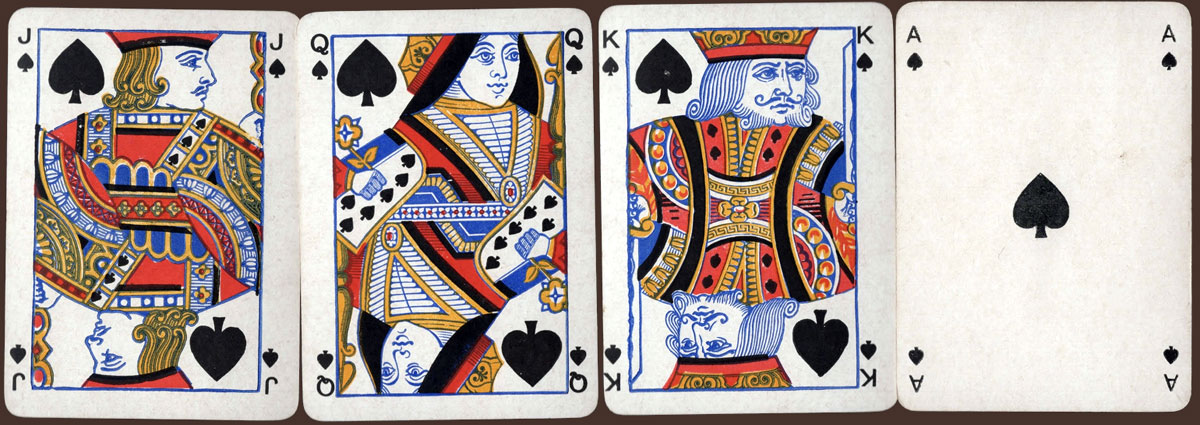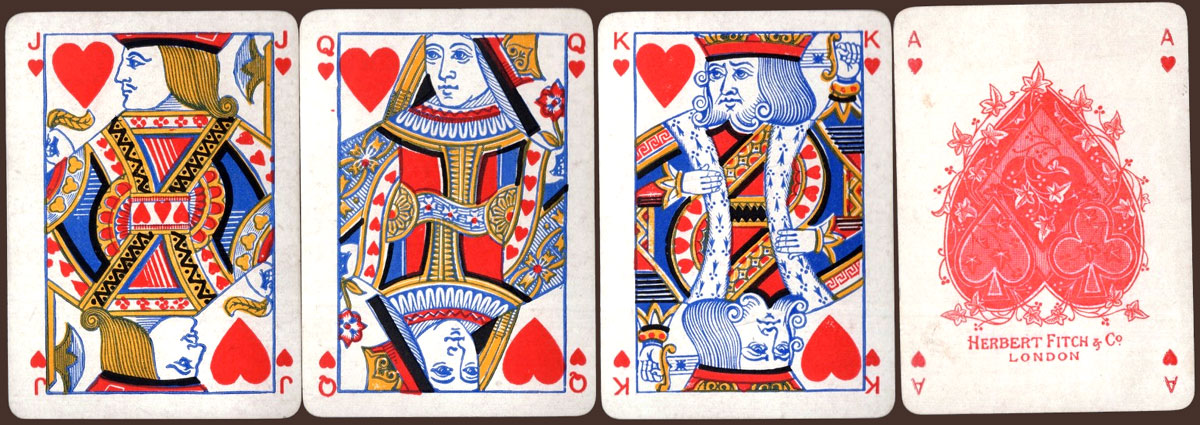Heartsette by Herbert Fitch & Co, 1893
A glimpse into a busy print and design office in late Victorian London.
In the 1890s Messrs Herbert Fitch & Co were winning over business to the use of advertising. As an incentive, the firm had a fine assortment of artistic blocks available, suitable for embellishing catalogues, circulars, window cards, price lists and all sorts of business advertisements. And they also promoted the very popular and saleable game of Heartsette with rounded corners and indices, in faux-calfskin boxes with gilt lettering, price 2/6d.
The following is an excerpt from Illustrated London and Its Representatives of Commerce, 1893, page 143:
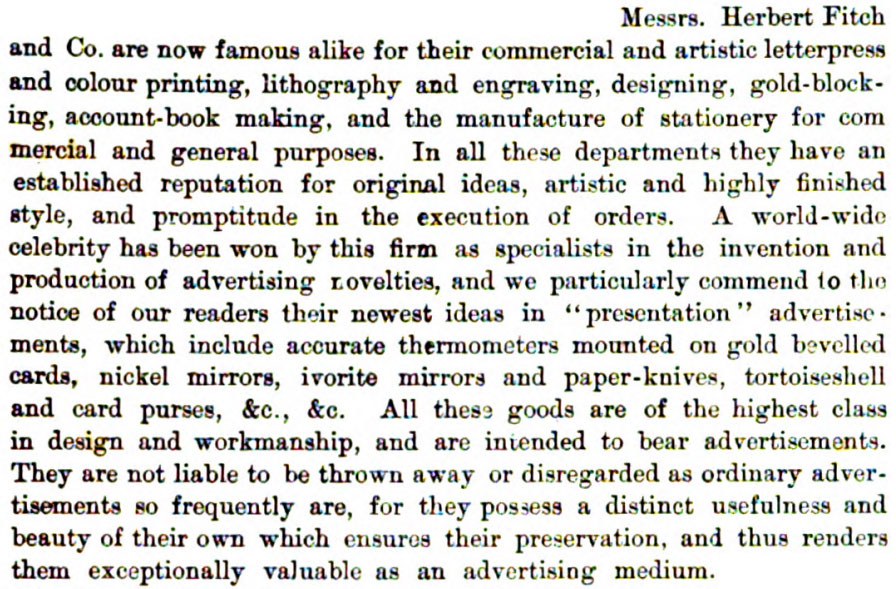
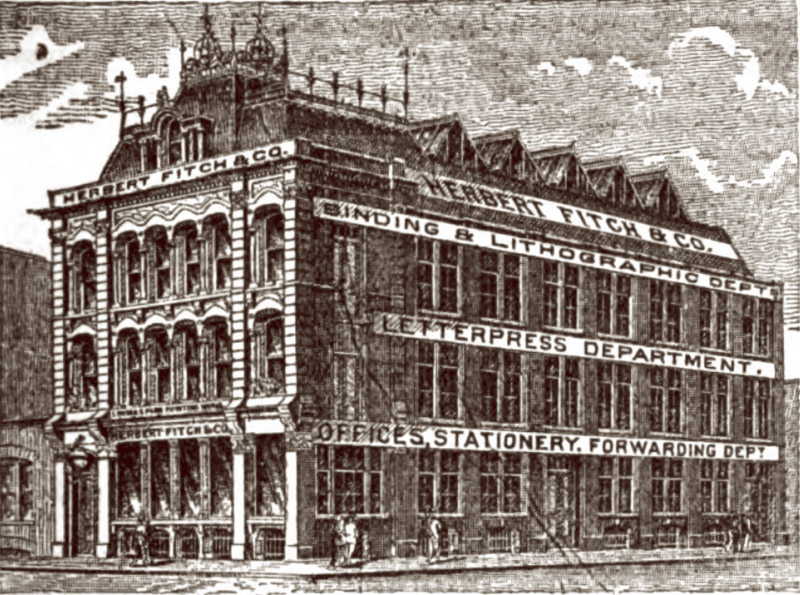
Above: Herbert Fitch’s ‘Economic’ Art Printing Office, 30 Bury Street, Leadenhall Street, London E.C.
Heartsette
According to the booklet, the game can only be played with a Heartsette pack, the "Demon" of each suit being the highest and the Ace the lowest, the other cards ranking as in Whist. The object of the game is to discard all Hearts and so arrange as not to take any trick containing a Heart. Three, Four or Five persons can play the game, every player being for themself and against all others. It is a non-gambling game and if points are played the interest of the game and its details is somewhat marred more►
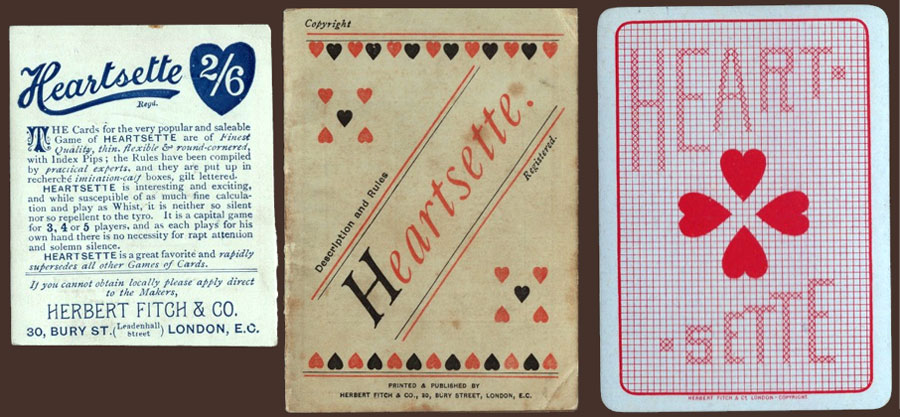
Above: special Heartsette pack (registered & copyrighted) published by Herbert Fitch & Co, 1893, who were promoting the game - very like Black Maria. The Ace of Spades is plain, but there is a special Ace of Hearts instead. The 12 court cards are the standard Goodall faces. 52 cards + 20-page booklet + smaller card
Although the box claims that these cards were printed by Fitch, the cards are, in fact, Goodall’s of the 1880s. It’s possible that since Goodall had updated their cards by the 1890s, the old plates were sold/loaned to Fitch for printing in their own factory.

“The premises were equipped throughout with improved modern machinery of the best type, affording every facility for the conduct of the large industry engaged in”.
Overhead drive shafts and belts deliver power to the machines from a steam engine in a boiler room. A foreman can be seen at centre-left foreground while skilled operatives mind the machinery. Artisan craftsmanship has long been replaced by mechanisation and costly machinery in an industrialised environment where progressive enterprise, sound commercial principles and international reputation are valued. During the 19th century production from workshops like this was shipped worldwide, including India, the Far East and the Colonies.
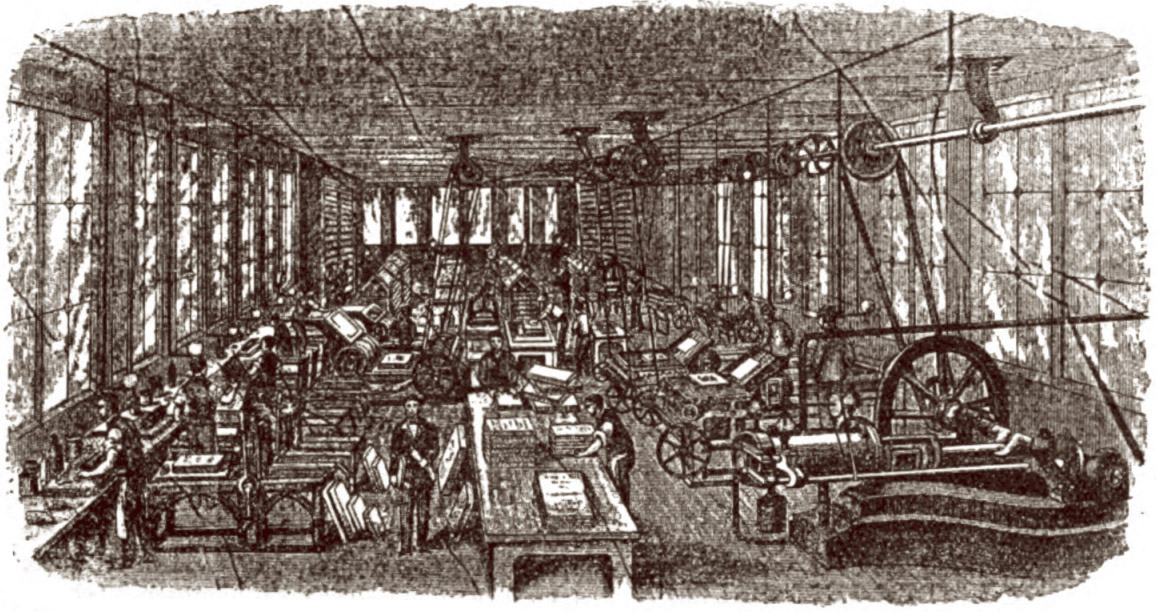
Reference
Illustrated London and Its Representatives of Commerce : Google books►
By Jon Randall
Australia • Member since May 28, 2020 • Contact
From 6 or 7 years of age I enjoyed playing cards with my family, and still enjoy a variety of games today with various groups and individuals. I contribute my competitive nature to enjoying games … it’s not that I like to win, I dislike losing! I was barely 10 years old when my great Uncle left me a small collection of playing cards and that was the starting point of my collecting. The competitive streak in me helped develop me into a competitive swimmer that sent me to various places around the world, including a 6 year stint in the US, where for much of that time I was at university. I’ve always enjoyed car boots flea markets, yard sales, charity shops etc., and my eye would never miss a pack of playing cards. Even after my swimming career finished I coached at a high level for many years and continued enjoying the discovery of some great finds around the world. For decades my collection continued to grow, despite selling a portion of it via eBay over the years. It wasn’t until post 2010 that I realised, mostly due to correspondence with Australian friends, that there were so many single playing card collectors. This intrigued me. I had so many packs of cards at home that I made the bold decision to share a good number with singles collectors, and subsequently listed around 7000 for sale on eBay. That did make a dent in my collection, but there’s still around 30,000 packs taking up quite a bit of space at home. Crazy? Yes, but I’ve seen bigger hoards a few times! There’s so many I surprise myself finding packs I forgot I had when I look in a box I’d not seen in a while.
My eBay IDs if you’d like to look are “worldwide_playing_cards” & “playing_cards_world”►

Related Articles
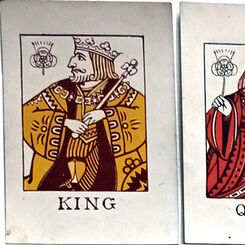
Quaterne
A Victorian quartet-style children’s card game by Goodall & Son.
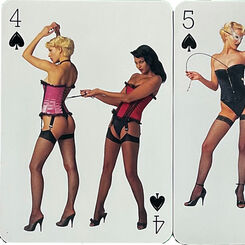
Agent Provocateur
Branded lingerie collection in a pack of pin-up playing cards.

Copechat Paramount Sorting System
Preserving the past: a specimen deck showcasing edge-notched cards and their ingenious sorting syste...

Pastime Playing Cards for the Blind
The “Pastime” Playing Cards for the Blind manufactured by Goodall & Son Limd., c.1910.
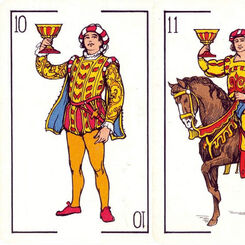
Jockey Club de Buenos Aires
Spanish-suited pack by Chas Goodall & Son Ltd for the Jockey Club, Buenos Aires.

So-Lah – A Game of Music
An early 20th century domino-type musical card game by Goodall.

Bridge Markers and bridge scoring methods
Bridge Markers and bridge scoring methods 1900-1930
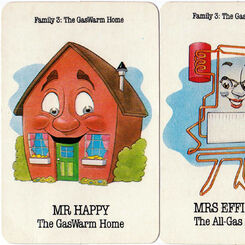
Gas Warm Homes
Gas Warm Homes Happy Families game published by British Gas, c.1980.
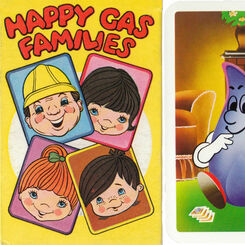
Happy Gas Families
Happy Gas Families published by British Gas, c.1985.
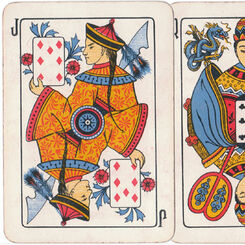
Khanhoo
Khanhoo by Charles Goodall & Son, 1895.
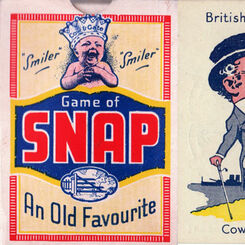
Cow & Gate ‘Snap’
Cow & Gate ‘Snap’ featuring Cow & Gate Baby Milk Food, 1935.
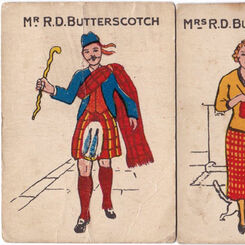
Parkinson’s Happy Families
Parkinson’s Happy Families published by Parkinson’s of Doncaster, confectioners established in the e...
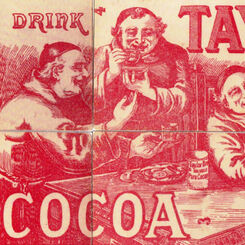
Adverto
Adverto card game published by Adverto Publishing Company of Stratford, London, c.1910.
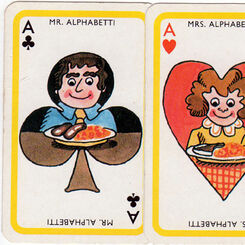
Alphabetti Spaghetti
Alphabetti Spaghetti Happy Families game for Crosse & Blackwell c.1978.
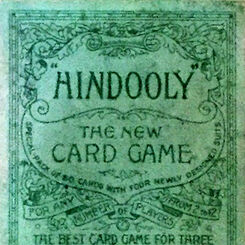
Hindooly
Hindooly published by Chas Goodall & Son Ltd with four newly designed suits, c.1904.
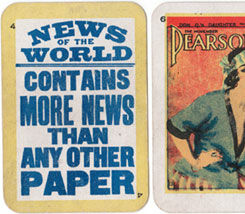
Fleet Street
“Fleet Street” card game published by Chad Valley Games, c.1923.
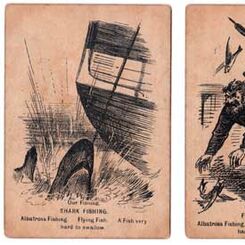
Our Ship
The “New Game of Our Ship”, published by Chas Goodall & Son, London, 1896.
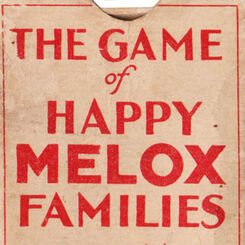
Happy Melox Families
The “Game of Happy Melox Families” was published by G. Clarke & Son of Thomas Street, London, in 192...
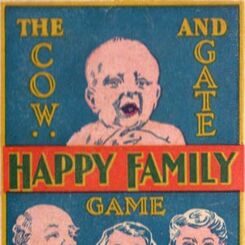
Cow & Gate Happy Family Game
Cow and Gate Happy Family game was issued around 1928 to promote nutrition products.
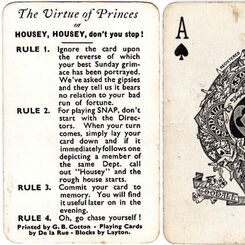
The Virtue of Princes
The Virtue of Princes, 1938.
Most Popular
Our top articles from the past 60 days


